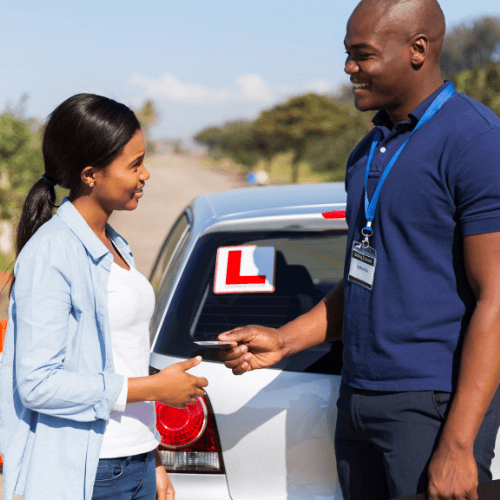Common Reasons for Failing and How to Avoid Them
Passing your driving test is a significant milestone, but many learners struggle to achieve it on their first attempt. Understanding the common reasons for failing can help you better prepare and increase your chances of success. This article provides valuable insights into why people fail their driving tests and offers practical tips and advice to help you pass your driving test on the first try.
Failing your driving test can be a disheartening experience, but it’s not the end of the road. This article is worth reading because it will equip you with knowledge and strategies to avoid common pitfalls. By learning from others’ mistakes, you can approach your test with confidence and improve your chances of passing. Whether you’re a first-time test taker or have faced several attempts, this guide is designed to help you understand and overcome the challenges of the driving test.
What is the Driving Test?
The driving test in the UK consists of two main parts: the theory test[1] and the practical test. The theory test assesses your knowledge of the Highway Code, road signs, and hazard perception. The practical test evaluates[2] your driving skills in real-world conditions. You need to pass the theory test before you can book your practical driving test.
Why Do People Fail Their Driving Test?
Failing a driving test can be due to various reasons. Common reasons for failing include poor control of the vehicle, incorrect positioning when turning right, and failure to check mirrors. Other factors like test nerves, lack of preparation, and not following instructions can also contribute to a failed test.
How Many Times Can You Fail Your Driving Test?
There is no limit to how many times you can fail your driving test. However, each failure means you need to wait at least 10 working days before booking another test. It’s important to learn from each attempt to improve your skills and confidence for the next test.
Understanding Major and Minor Faults
In a driving test, faults are categorized into major and minor faults. A major fault is a serious error that could cause an accident, while a minor fault is a less severe mistake. Accumulating too many minor faults or committing a major fault can result in failing the test. Understanding these distinctions can help you focus on areas needing improvement.
Common Reasons for Failing the Driving Test
Junctions and Roundabouts
Many candidates fail their driving test at junctions and roundabouts. Common mistakes include poor positioning, failing to check mirrors, and not giving way to other road users. To avoid these issues, practice your approach to junctions and roundabouts and always be aware of your surroundings.
Control of the Vehicle
Proper control of the vehicle is essential. This includes smooth acceleration, braking, and steering. Loss of control can lead to major faults. Practice driving in various conditions to improve your control and confidence.
Moving Off Safely
Failing to move off safely is a common reason for failing the driving test. This includes not checking blind spots, incorrect use of signals, and stalling the car. Always ensure you check your mirrors and blind spots before moving off and use signals appropriately.
Tips for Passing the Driving Test on the First Try
Practice, Practice, Practice
Consistent practice is key to passing your driving test. Take as many driving lessons as needed to build your confidence and skills. Private practice with a qualified driver can also be beneficial.
Learn from Mistakes
If you fail your driving test, use it as a learning opportunity. Review the reasons for failing and work on those specific areas with your driving instructor.
Stay Calm and Focused
Test nerves can affect your performance. Practice relaxation techniques, such as deep breathing, to stay calm and focused during your test.
How to Manage Test Nerves
Feeling nervous before your driving test is normal. Here are some tips to manage your nerves:
- Preparation: Thorough preparation can boost your confidence. Know the test routes and practice them with your driving instructor.
- Relaxation Techniques: Techniques such as deep breathing, visualization, and positive thinking can help calm your nerves.
- Mock Tests: Taking mock tests can simulate the test environment and help you get used to the pressure.
The Role of the Examiner
The examiner’s role is to assess your driving skills objectively. They will provide instructions and observe your driving throughout the test. It’s important to listen carefully and follow their instructions. Remember, the examiner wants to see you succeed, so stay calm and focused.
Preparing for Your Test: What to Expect
On the day of your test, arrive at the test center early and ensure you have all necessary documents, including your provisional driving license. The test will begin with an eyesight check and vehicle safety questions, followed by the practical driving assessment. Be prepared for different road conditions and scenarios.
Post-Test: What Happens If You Fail?
If you fail your driving test, don’t be disheartened. Review the feedback from the examiner and focus on improving those areas. Book another test as soon as you feel ready. Remember, many candidates don’t pass on their first attempt, but persistence and practice can lead to success.



